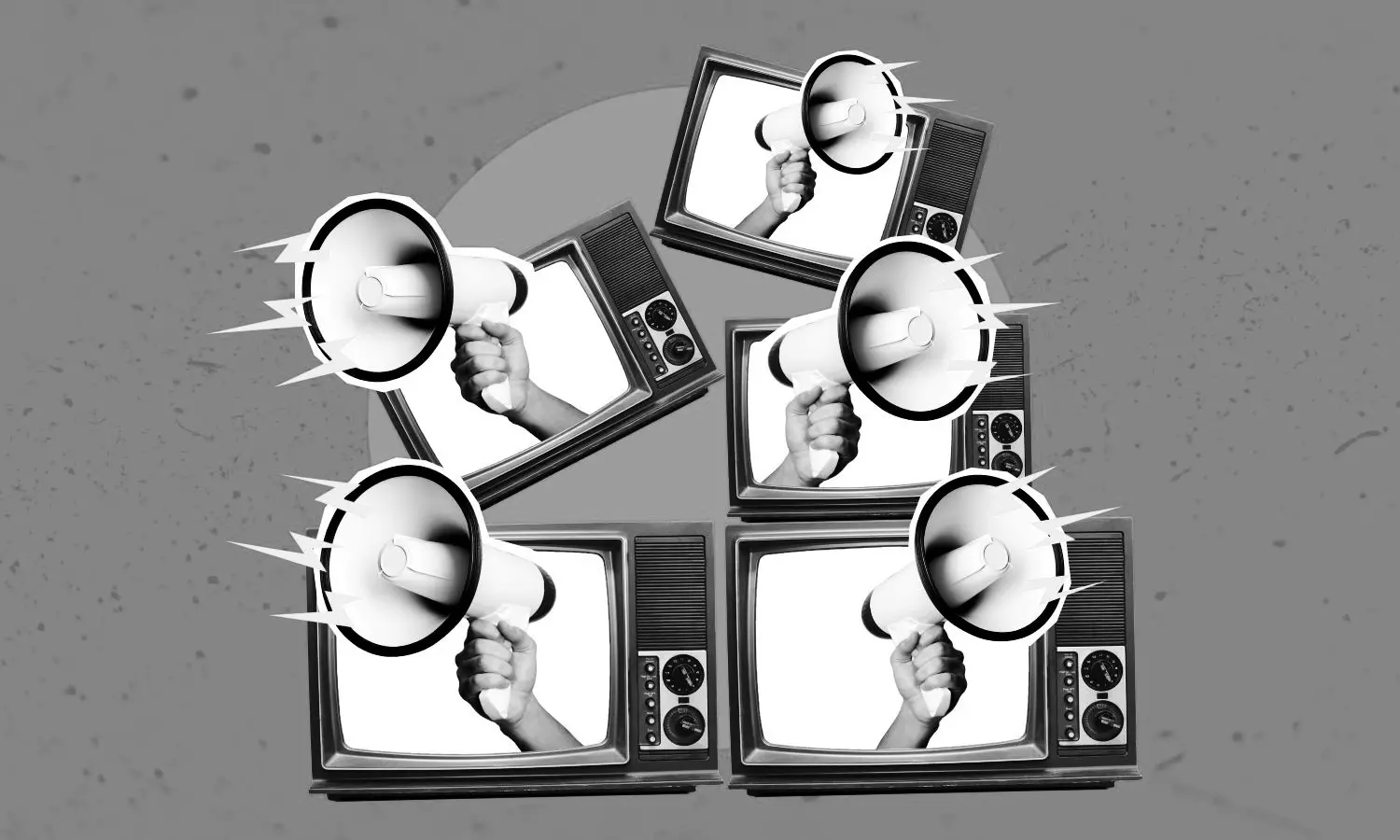Propaganda
Propaganda is messages that, through images, language or symbols, seek to influence the opinions, values or behaviour of a large number of recipients. Although propaganda does not always have to involve the dissemination of false information, its purpose is always to influence how people feel and think, and change their convictions or behaviour.
What is propaganda?
The concept of propaganda is in itself neutral, and can be used both in a positive and negative sense, even though it is usually referred to as the latter. Propaganda has existed and been used for many centuries. The embodiment of leaders on coins and as statues, for example, were ways to instil admiration and influence how the population felt about power and those holding it. Today, it is common for propaganda to be used in politics, wars and conflicts to smear opponents and rally support among a country’s own people. In dictatorships and undemocratic societies, propaganda has often been one of the most important means for leaders to mislead their people and get them on their side against enemies and other adversaries.

Image: TT.
Where is propaganda disseminated?
Propaganda can be disseminated practically everywhere through music, films, images, articles, posters and memes online. The messages are usually pumped out systematically over time with the specific objective of influencing recipients. The internet has become a particularly common venue for spreading propaganda, especially over social media. This is because we live in a digitalised society today, meaning that many use and are on the internet. A vast amount of people can be reached out to at the simple push of a button.
Disinformation – the cornerstone of propaganda
Disinformation is inaccurate or manipulated information that is deliberately disseminated for the purpose of misleading. This is a cornerstone of classic propaganda and forms the basis for contemporary discussions about “fake news”. Deliberately using disinformation to mislead is nothing new, with digital platforms having created new opportunities and changed the nature of disinformation. False information can emerge in the form of manipulated images, texts, videos or audio recordings.
How does propaganda work?
Propaganda is always directed at a specific target group. These can be women, Swedes, teachers or car enthusiasts, for example. When we feel that the message is speaking to us directly, we automatically be more inclined to listen. There are a number of propaganda techniques used to influence people:
Playing on emotions
Exploiting and playing on emotions such as frustration, anger, fear, hope or sympathy is a way to succeed with propaganda. The goal of this is for recipients to become so engulfed by their emotions that they no longer think critically. Common ways of using this technique are through music, images and text that make a strong impression on us.
Creating a common enemy
Another way is to create a sense of “we” and “them” and attempt to rally people against a common enemy. This can be another country or another ethnic group, and it is common to spread false claims about the enemy and blame bad things in society on it. For example, a poor economy or unemployment.
Skewed information
Propaganda does not have to consist of false information. It can contain anything from completely accurate facts to tweaked information, opinions or outright lies. By simplifying messages and, for example, only showing a small part of a problem, or taking something out of its context, a seemingly credible message can be conveyed that does not reflect the whole truth at all.
Repeat, repeat, repeat
Research shows that even if you learn that a claim has been revealed as false, you can continue to believe it or subconsciously continue to be influenced if you hear it over and over again. Repeated messages can therefore be perceived as true. This is why slogans and certain phrases or messages are often reused. When we see a message in numerous different places, we also get the feeling that many people agree with and believe the message, which in turn makes us more likely to trust it too.
Propaganda through the ages
Nazi Germany
The Nazi party in Germany used propaganda extensively between 1933 and 1945 to spread hatred against Jews. The country even appointed a ministry of propaganda with the purpose of smearing Jews and honouring the Aryan race as superior.
The Soviet Union
The Soviet regime used propaganda to [create] a positive image of communism. They went so far as to punish people who expressed different views or who sympathised with other political lines.
Sweden
In World War II, Sweden disseminated an image depicting a blue and yellow striped tiger. The caption was a Swedish play on words that held a double meaning – “A Swedish tiger” and “A Swede is silent”. It was a way to both demonstrate strength through the symbol of a tiger, while also urging the population not to talk about matters that, in the wrong hands, could harm Sweden.
Internet memes
Today, it is more common for propaganda to spread on the internet than through flyers and posters. Memes are an easy way to spread a message – often through satire and humour that generate impact and further dissemination. Memes are sometimes referred to as an “internet phenomenon” and are usually a video, image or text that is disseminated online. Funny pictures with captions are common and, not infrequently, the caption is changed by others and continues to be spread.
